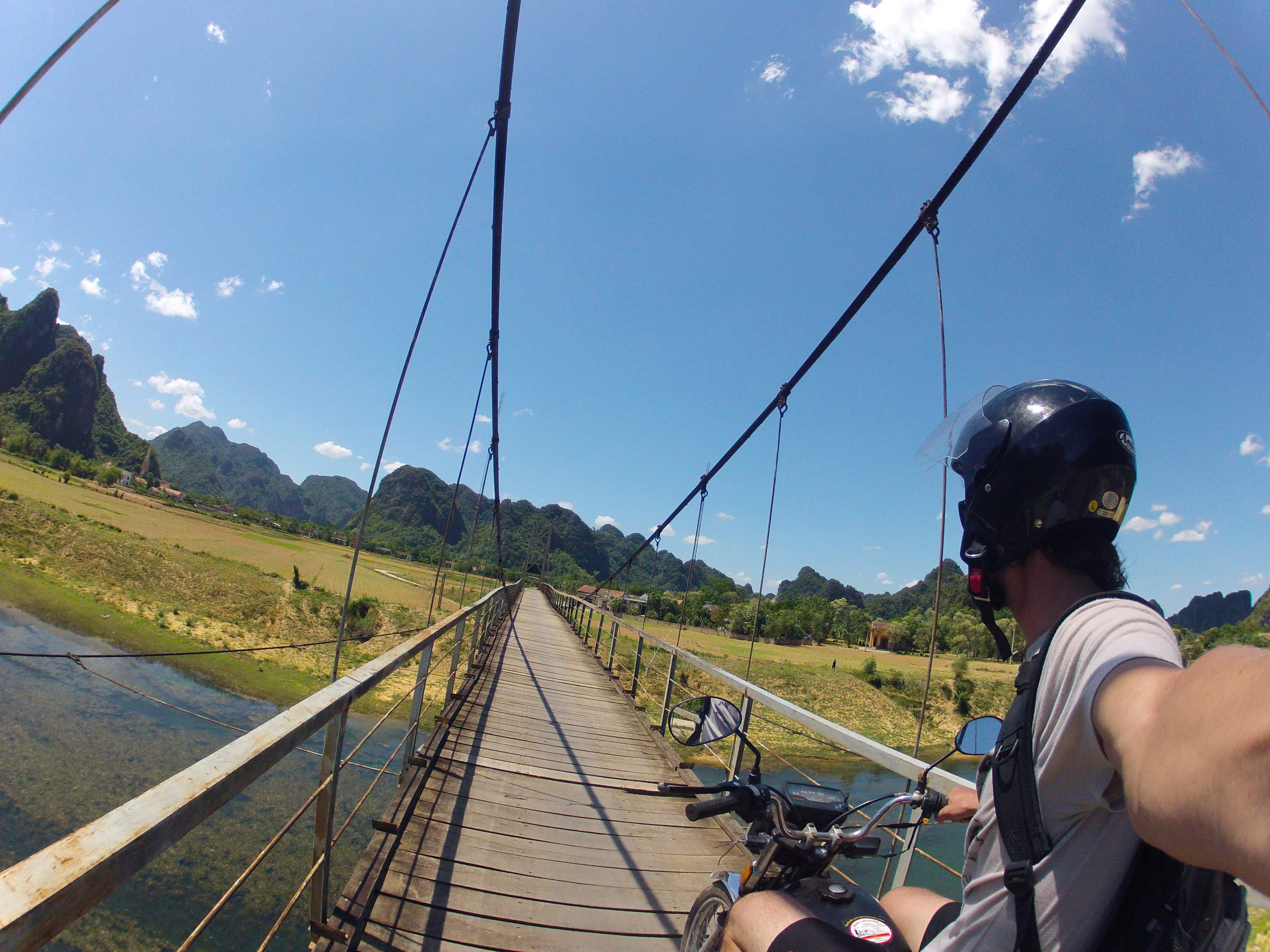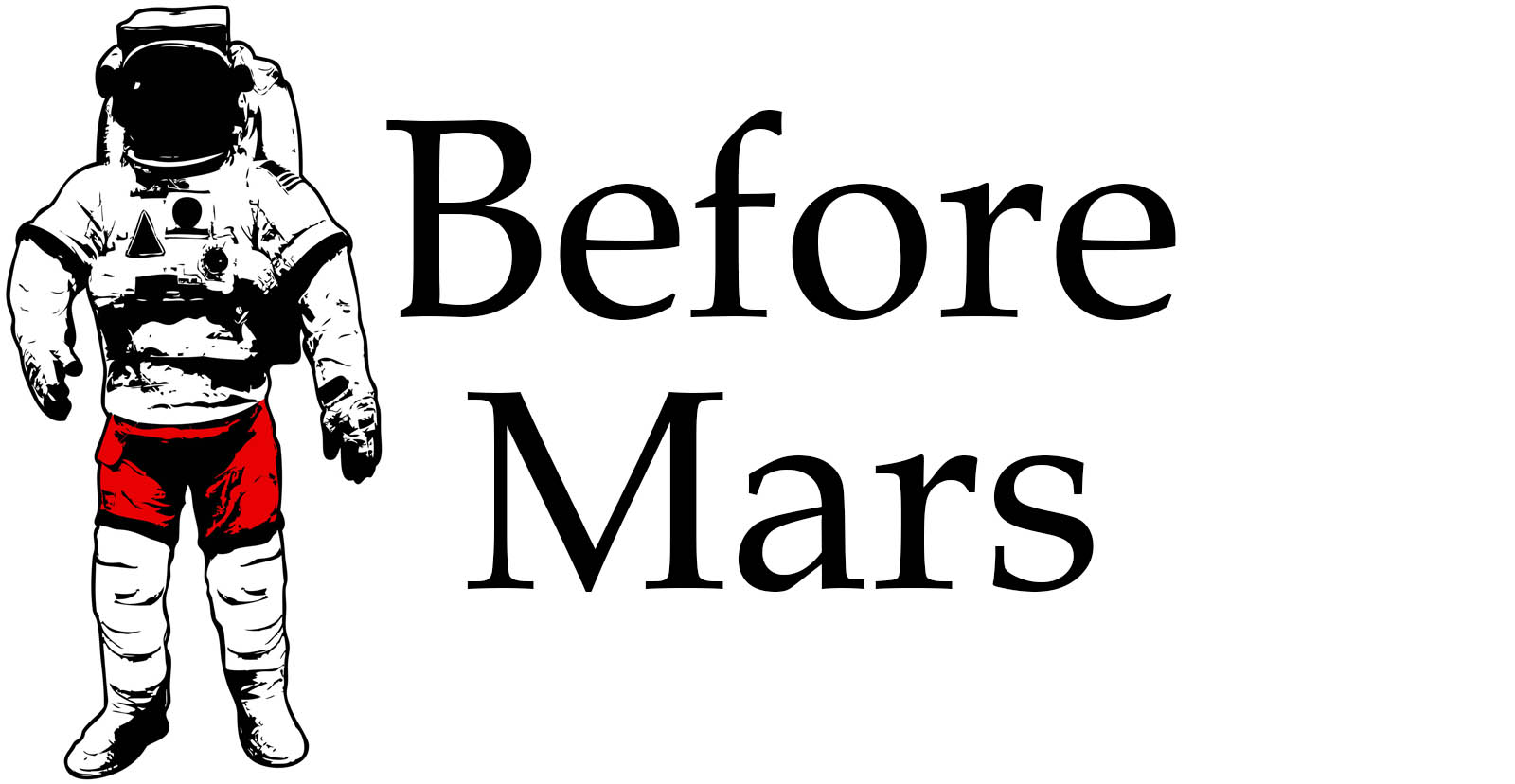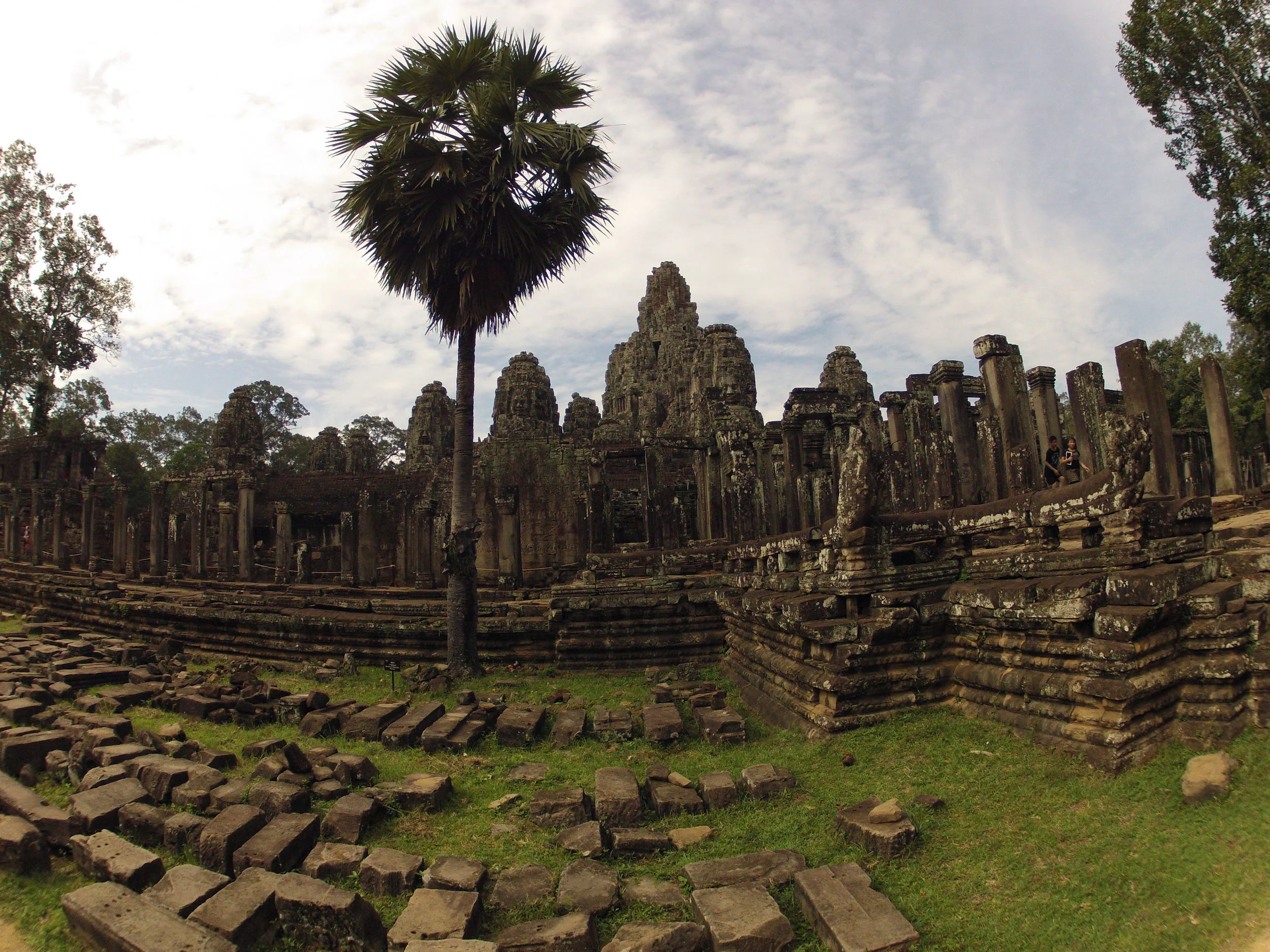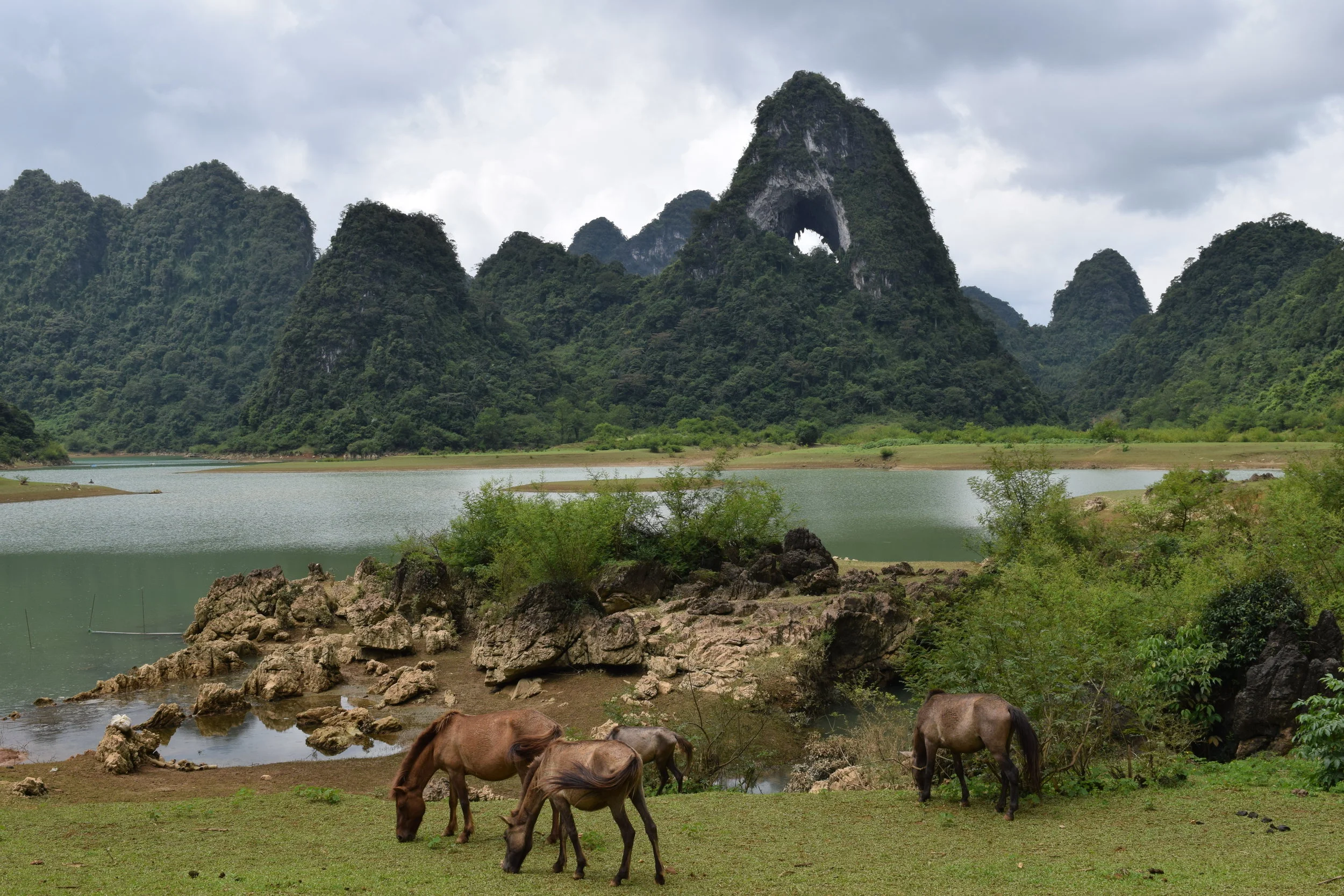Vietnam Hanoi to Ho Chi Minh

Phong Nha
Hanoi-Phong Nha 530km
Phong Nha-Khe Sanh 240km
Khe Sanh-Hue 180km
Hue-Hoi An 133km
Hoi An-Quang Ngai 120km
Quang Ngai- Kontum 200km
Kontum- Buon Ho 190km
Buon Ho- Nha Trang 160km
Nha Trang- Dalat 136km
Dalat-Mui Ne 155km
Mui Ne-Saigon Ho Chi Minh 220km
Total: Close to 2,600km including side excursions.
Tyler Gay




































